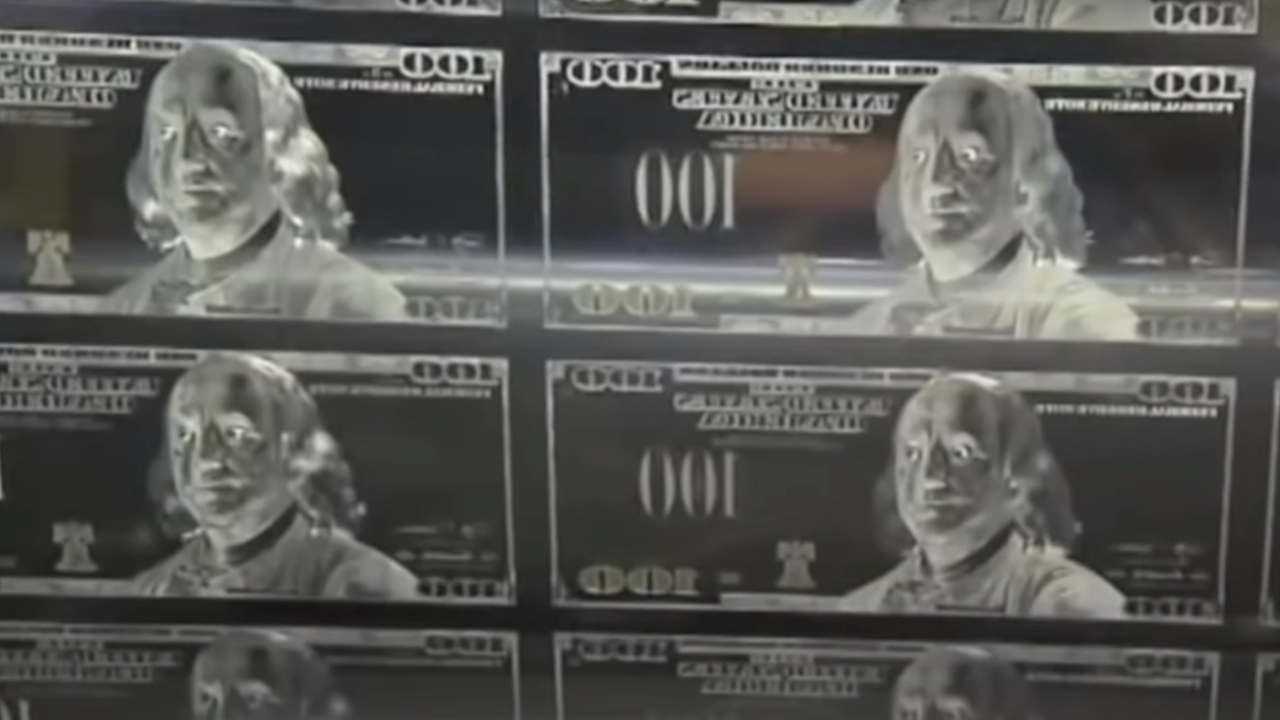Why Was There No Inflation After All the Great Recession Stimulus? (Hint, There Was) | SchiffGold

There is a persistent myth that inflation was “low” in the decade following the 2008 financial crisis.
It’s time to bust that myth.
The myth persists because of the sloppy mainstream definition of inflation. What they really mean is consumer price inflation as measured by the Consumer Price Index appeared low. It is true that price inflation as measured by CPI was relatively cool during the decade following the financial crisis. But that doesn’t mean there wasn’t any inflation. In fact, it doesn’t even mean there was low price inflation.
First, it’s important to define “inflation precisely.” While price inflation wasn’t rampant in the 2010s (at least as measured by CPI), there was a tidal wave of inflation as defined by an increase in the supply of money and credit. That is the historical economic definition of inflation. Price inflation is a symptom of monetary inflation.
The Fed created nearly $4 trillion in new money with three rounds of quantitative easing. after the ’08 financial crisis. Additionally, the Federal Reserve held interest rates artificially low for the entire decade, incentivizing borrowing. So, there was a tremendous amount of inflation created even though it didn’t show up in the government CPI data.
Second, the government CPI formula understates rising prices. It uses all kinds of assumptions, guesses, and hedonics. On top of that, the government changed the formula in the 1990s so it would yield a lower CPI. If we still used the formula used in the 1970s, CPI would be approximately double the readings we see today. By that measure, CPI was well above 2%.
Third, other factors in the economy can obscure the impact of monetary inflation. An increase in credit and the money supply will cause prices to rise higher than they otherwise would have. But downward economic pressures can push the CPI down even as monetary inflation drives them up. So, while price inflation as measured by CPI generally remained at or below 2% in the 2010s, prices might have actually fallen if it weren’t for the monetary inflation during those years. In other words, just because prices weren’t rising substantially, it doesn’t mean monetary inflation wasn’t impacting prices to the upside. Other downward economic pressures could have easily obscured it.
Mainstream Confusion
Because of the imprecise definition bandied about, it is virtually impossible for the average person to understand the realities of inflation. This is true of the so-called experts on the financial news media. Peter Schiff talked about one such case in a recent podcast.
A guest on CNBC insisted that the Federal Reserve can’t do anything about inflation because their “tools” don’t really work. As evidence of this, he cited the fact that the Fed couldn’t get inflation to 2% in the years after the 2008 financial crisis. If the Fed couldn’t get inflation up then, why should we expect it to be able to lower inflation now?
Peter said this is nonsense. It’s not that the Federal Reserve’s policy during the Great Recession had no effect. It had a huge effect.
This guy doesn’t realize that the reason inflation is so high right now is because the Fed’s policy worked. It worked in that it did cause higher inflation. … They succeeded beyond their wildest expectations. Their policy did push inflation up. It pushed it up too much. It just did it with a lag.”
Peter emphasized that part of the reason for the lag is the methodology used to measure prices, as I mentioned above.
The whole time that CPI was saying that inflation was below 2%, it was above 2%. It was already there. They were already above target when they were trying to hit the target.”
It’s like taking somebody’s temperate with a broken thermometer that reads below normal. By the time it registers a fever, the patient is deathly ill.
Another reason for the lag was the way the inflation was administered. New money came into the economy through the financial system. It didn’t immediately flow to consumers until the pandemic.
The money had to go from Wall Street to Main Street. So initially, as the money entered the financial economy, the inflation pushed up financial asset prices — stock prices, bond prices, real estate prices. Those prices rose as a consequence of the money supply and the credit pushing them up. But as that money rounded the corner and made its way onto Main Street, where people were spending it on real goods instead of financial assets, that’s when you saw the price of food, and energy, and rent, and used cars, and all this stuff starting to go up.”
The bottom line is that to say what the Fed did in all those years of zero percent interest rates and QE had no effect on prices is absurd.
As Peter said, “We are living with the consequences of that effect right now!”
Call 1-888-GOLD-160 and speak with a Precious Metals Specialist today!








